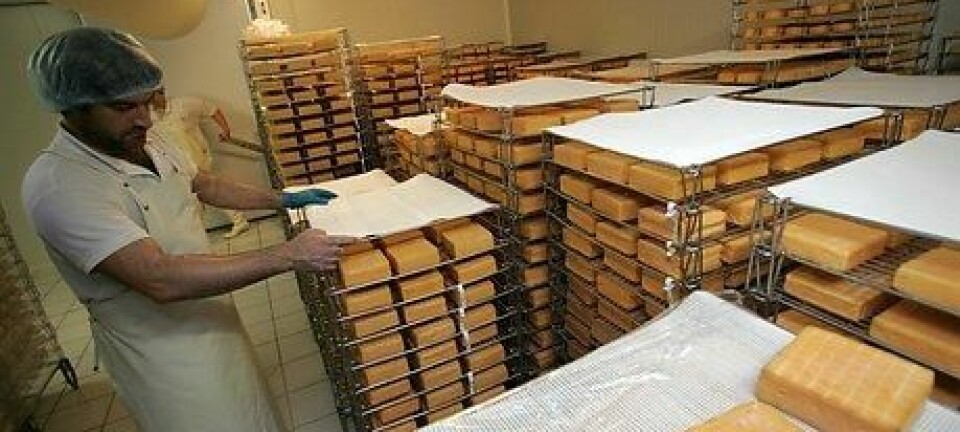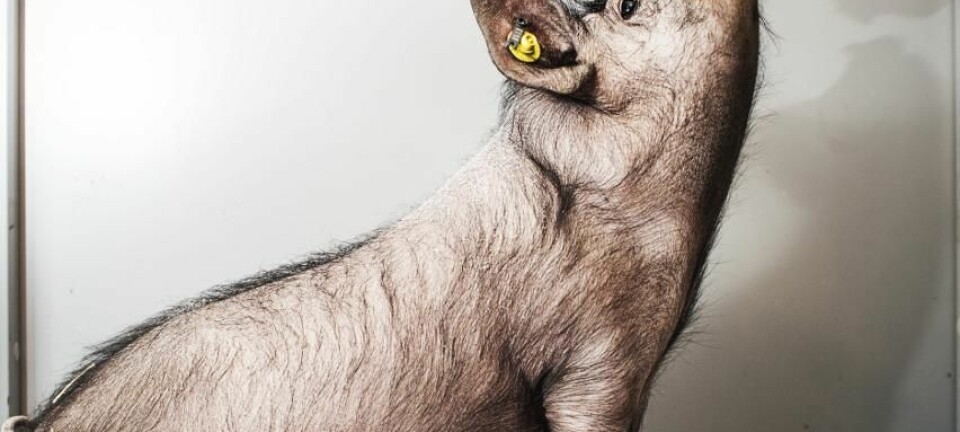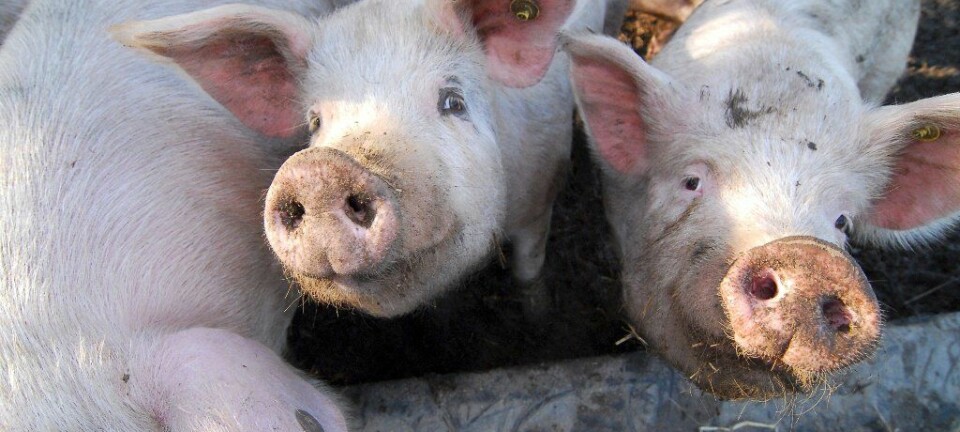An article from Norwegian University of Life Sciences (NMBU)
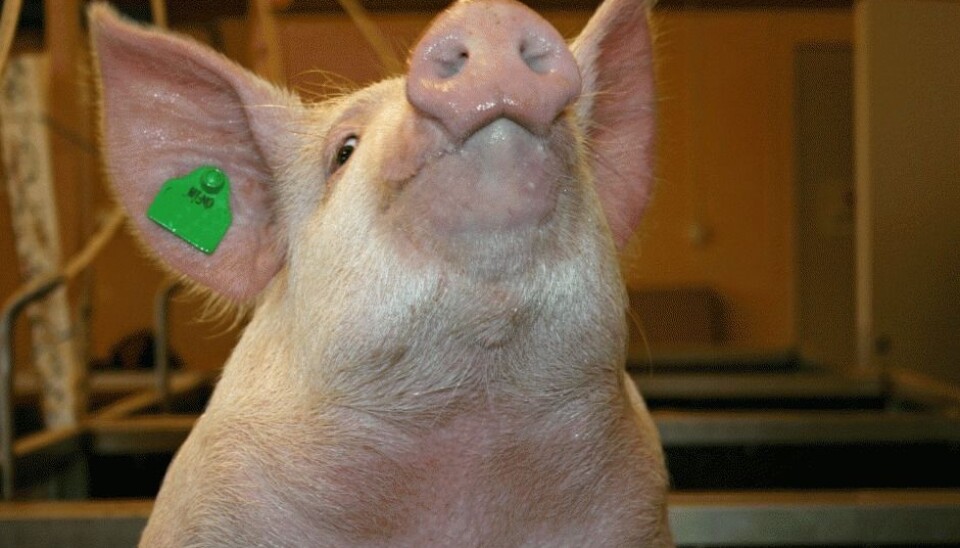
Pork ribs get greener
Imported soya is one of the major protein sources in diets for Norwegian pigs. But now the pigs will become more environmentally friendly.
Denne artikkelen er over ti år gammel og kan inneholde utdatert informasjon.
The world population is growing and will reach nine billion by 2050, according to the UN. This calls for innovative solutions, such as finding alternative local protein sources for animal feed that do not conflict with food production.
The Norwegian climate is not suitable for soy production. However, Norway has an abundant supply of other protein sources, such as rapeseed. But such locally produced crops often have a much higher fiber content than soybean meal.
The question is: will Norwegian pigs like Norwegian rapeseed? Can they tolerate high fibre diets? Which genes determine why some pigs have better appetite and utilise the fibre better? Those are some of the questions researchers at Norwegian University of Life Sciences (NMBU) hope to find the answers to by replacing soybean meal with rapeseed meal.
Choosy pigs
The Norwegian Landrace, the common pig breed in Norway, is bred to grow rapidly on high quality protein and starch. Thanks to careful breeding, this pig has excellent health and high fertility.
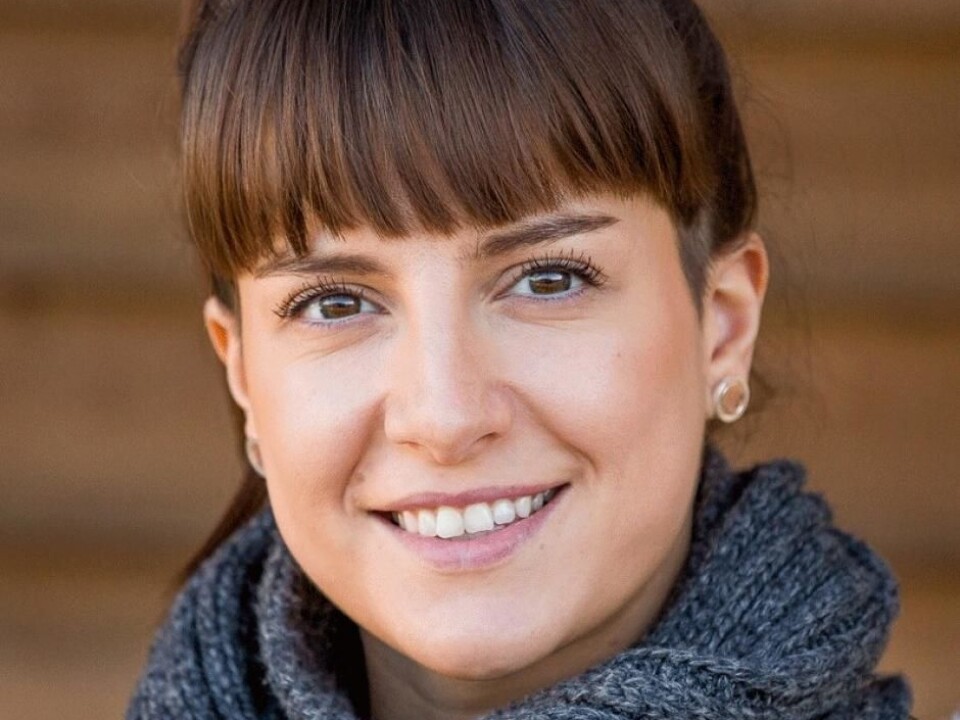
The Norwegian Landrace is mostly used to imported protein ingredients, such as soya. Hence, its diet cannot be changed overnight.
“We are looking for genetic markers that are strongly associated with the pigs’ ability to efficiently digest and utilise fibre from the diet,” says NMBU researcher Adrijana Skugor.
The long-term goal is to breed a more robust pig that grows equally well, is just as healthy and provides meat of high quality, even though there are more local ingredients in its feed.
Health and meat quality
In the New Year, the research pigs will be slaughtered. Then scientists will dissect them and perform a variety of analyses to find out how well the pigs have tolerated the new diet.

“After the pigs have been killed, we will take samples from different parts of the digestive system and internal organs. We will analyse among others the genetic material, DNA, each pig’s individual gene expression, and hormones in the blood. Everything will be evaluated to find out more about what determines the differences between the ‘super-fibre pigs’ and other pigs,” says NMBU researcher Liv Torunn Mydland.
The researchers will also study the quality of the meat when the feed is changed, including a close look at the fat content. If pigs eat healthier food, their meat can also become healthier.
The pork ribs of the future will not only be more eco-friendly. They will hopefully also be healthier.
-------------------------------------
Read the Norwegian version of this article at forskning.no








